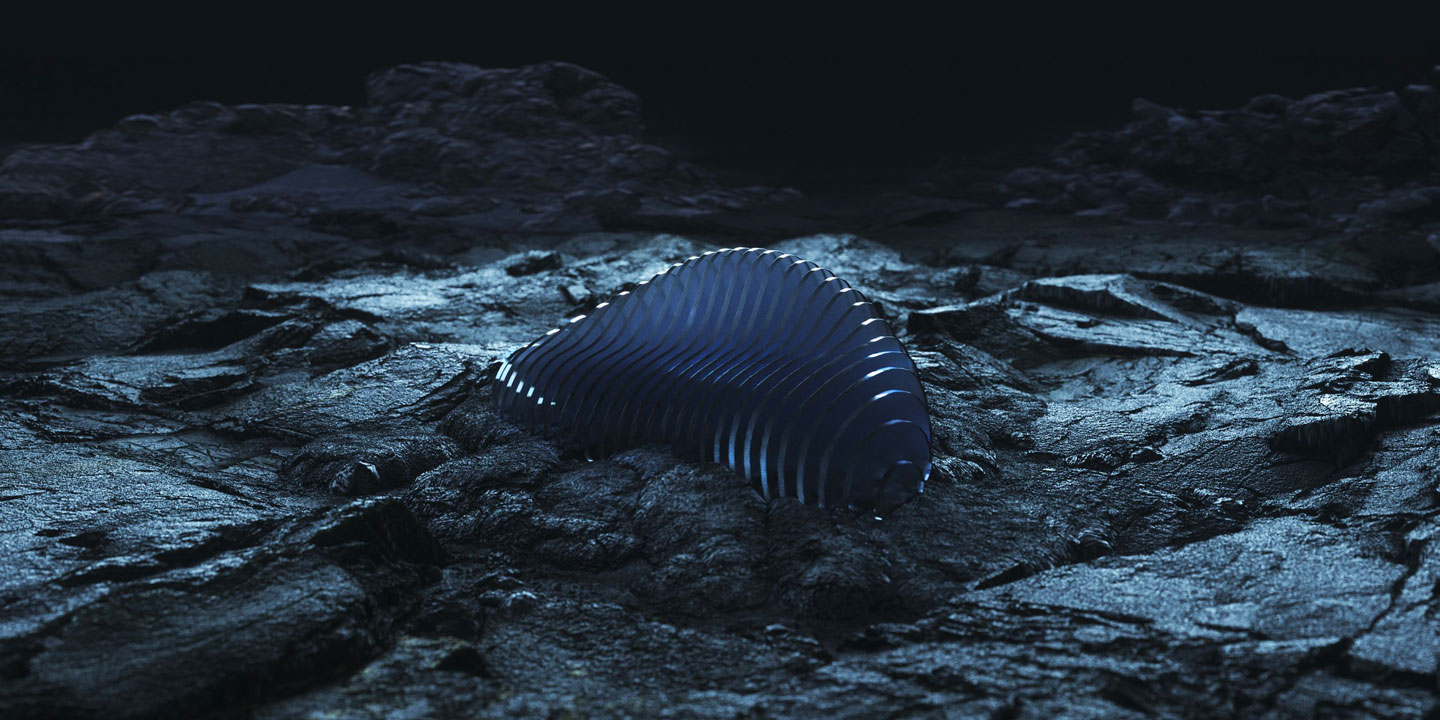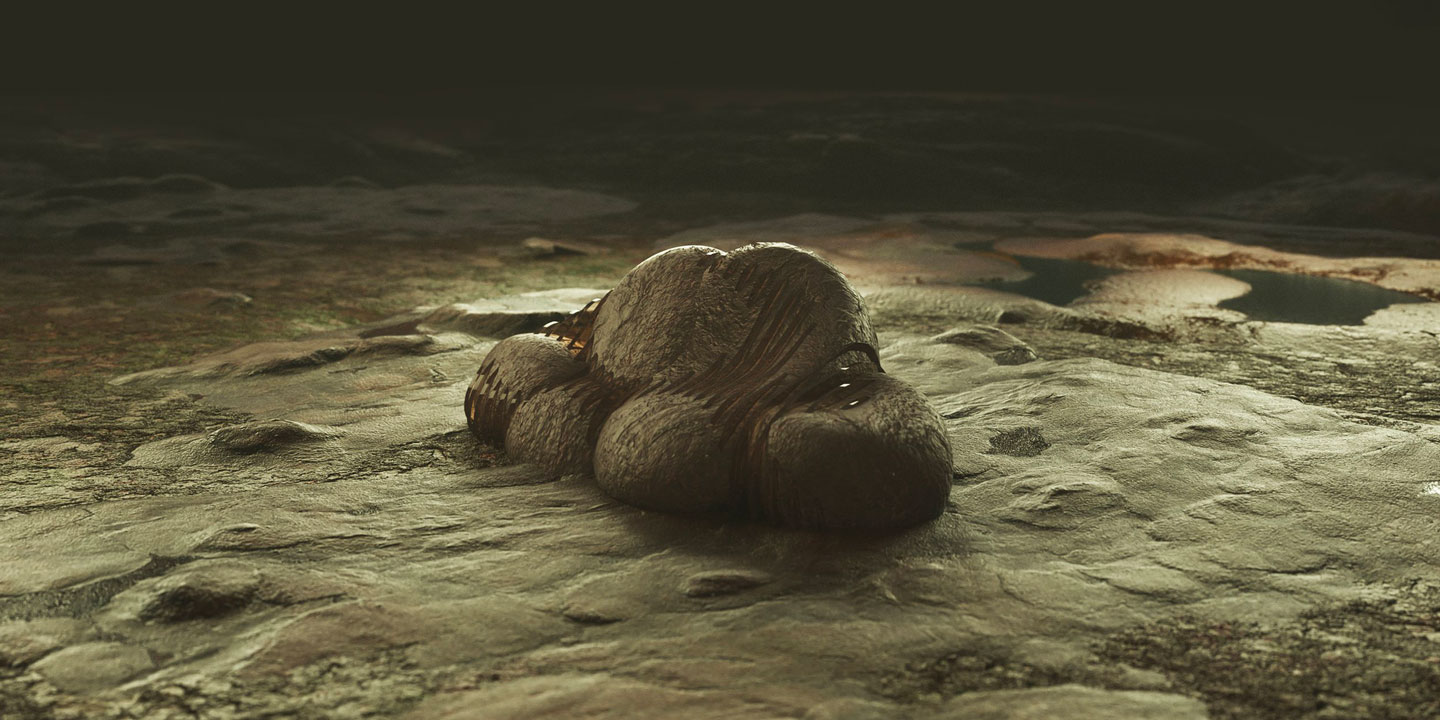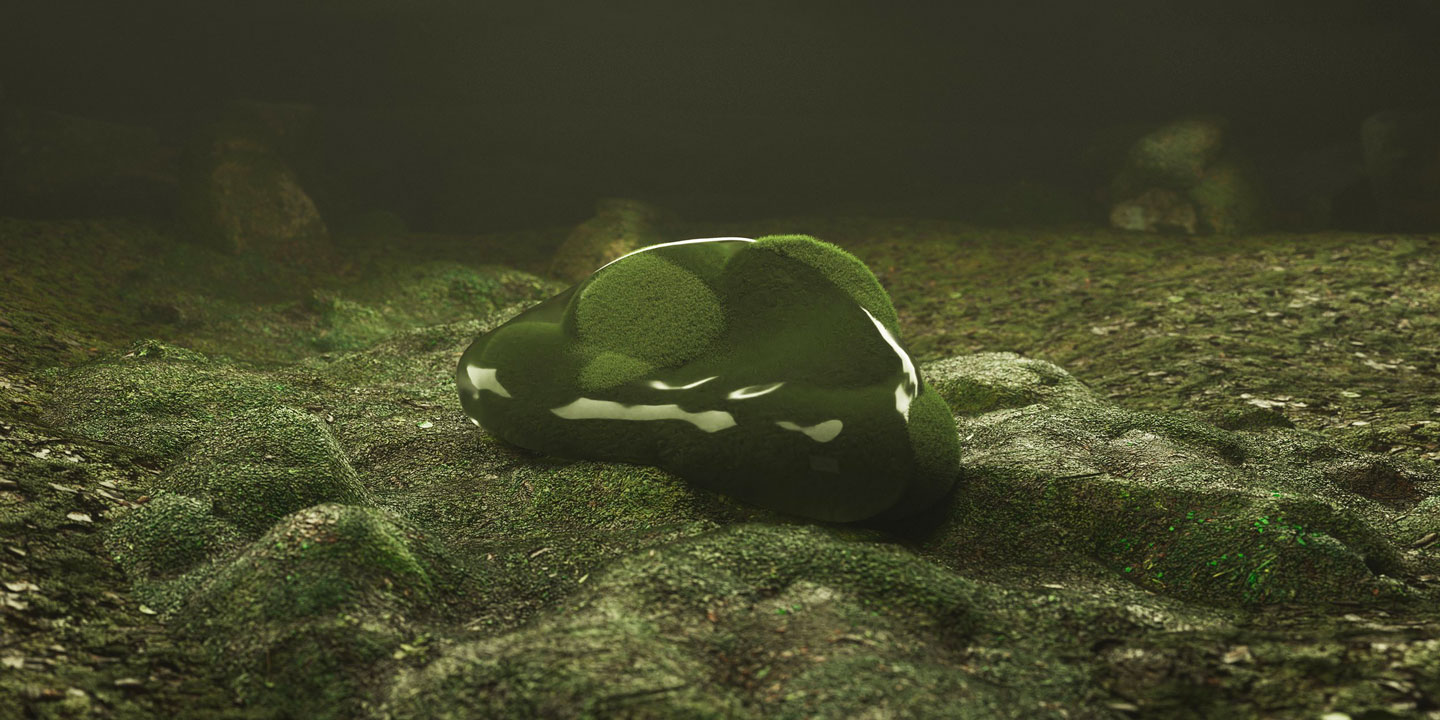


Author Alice Ballabio's Abiogenesis project
It’s time we ask ourselves a simple yet urgent question. Could design, product and furniture, specifically, really exist if stripped of what used to define them and their functionality? Indeed, designing means operating on the threshold between functionality and meaning to create something that can serve user needs and simultaneously “speak” to them as the product being the bearer of a language – the tangible mirror of the world and society designers as well users belong to. What about physical design at a time when everything – even furniture design – has gone digital? And what about virtual furniture? Will we still need design pieces in the metaverse?
Digital art actually loves NFTs, but what is the role of furniture and design in the metaverse’s virtual environments?
In Web 3.0, art has taken over. The non-replicability of a simple line of code seemed the perfect match for a one-of-a-kind market such as art, and where art goes, design tries to follow. Yet this raises several questions because if furniture design is inherently replicable to serve human needs, then it’s not art anymore. Then what is its place in the growing virtual ecosystem?

Abiogenesis is a NFT project designed by Istituto Marangoni Milano Design alumna Alice Ballabio for the Italian furniture brand Cappellini
How can design reinvent itself with the rise of the metaverse? What is virtual interior design, and why should it exist in a non-earthly life?
The idea of design as a simple dividing line between art and engineering is no longer applicable. Designing means creating a world of belonging and meaning, which most designers try to do in Web 3.0. But this kind of design only mimics the needs of users’ “earthly” life without actually being tangible – without actually being “there.” Instead, it is a reflection, an apparition, a kind of ‘ghost’ of the old physical reality. We can see and experience it, yet it is not there.
In the end, is this ‘ghost design’ mere art, or does it fulfil real needs we cannot yet see beyond the need to communicate products? Is this a genuine, new design genre or simply an illusion, a transient simulation of design?

The design of this particular sitting takes inspiration from the abiogenesis concept - the origin of life - for its shape, and it also develop through time
Moving from physical furniture to a non-tangible “Phasma Design” does not mean a lack of functionality. Quite the opposite; designing digital products for the metaverse will result in the most functional goods ever
My Dissertation research, “Phasma Design”, has been a great opportunity to investigate the most promising developments of this new world and an occasion to question our perception of the ‘real’ deliberately.
Paradoxically, virtual design is the most functional kind of design ever. Unlike physical design, it’s not defined by a compromise between functionality and expressiveness, which coincide in that its function is to furnish the expressive environment of the metaverse.

After a year of acquiring the Abiogenesis NFT you will find yourself with a completely different work of art
Alice Ballabio
Prisma Project Member, Alumna in the Product & Furniture Design and in the Design Management & Strategic Innovation Master courses, Milan



